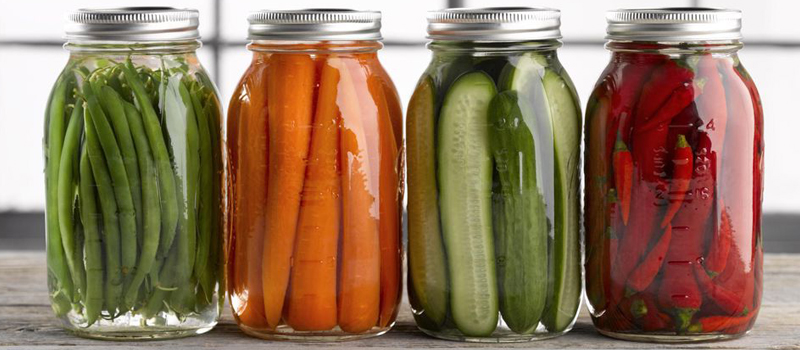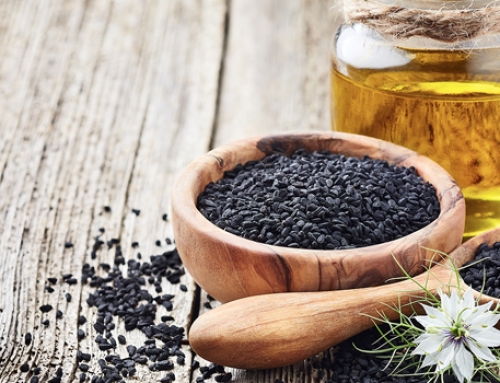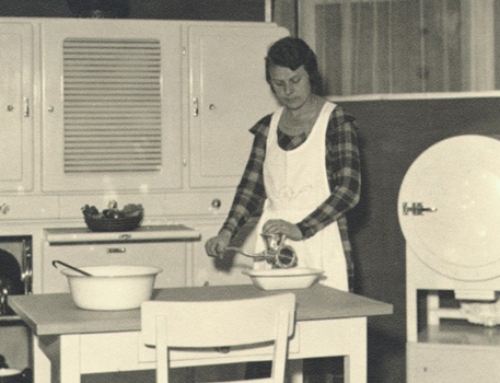When it comes to canning vegetables, it is important to find veggies that keep the best and have high nutritional content, and offer a good value for your dollar and time spent.
Here are some things to consider and a few of the best veggies for long term canning.
What is most readily available locally?
What is more available locally, will be in greater numbers, and most often, cheaper than other varieties that are not. I live near a ton of tomato and sweet pepper fields, along with cucumber and green bean producers. There are also are lots of choices at our farmer’s market.
Tomatoes can be had for $10 for a 25 lb box for standard canning tomatoes whereas heirlooms like Cherokee Purple can go for $25 for a 25 lb box. The price goes down at some point in the season until you can get regular tomatoes for as little as $7 a box or even less if you want to go directly to the packing house.
Find out what you can get for the best price locally and think about what you can do with it. The bell peppers and cucumbers I mentioned are expensive out of season, costing $1 per bell pepper or more. Getting what you can in-season will save you some precious moolah.
The Art Of Pickling; Cucumbers, Cabbage, and More
There is a lot to be said for utilizing the art of pickling. To avoid soggy pickles of any sort you need to use pickling lime, which is very inexpensive and takes care of the problem easily. Fermented pickles are another option of course and have more health benefits.
You can take cucumbers or cabbage and make enhance the nutritional content of the foods beyond what they have to offer raw or even cooked. Fermentation is a beautiful thing when it comes to taking bland foods and enhancing flavor and overall nutritional value.
Peppers are also very good pickled and keep well.
The Wonderful World Of Tomatoes
You can use tomatoes as a base for a lot of good canned foods. While I am lucky to live in a place where tomatoes are plentiful, in some areas they are not so cheap.
You can do well growing your own if you have the space to do so. Tomatoes have a lot of vitamins and nutrients and amazing versatility. Salsas, whole or diced canned tomatoes, marinara sauce, and more have a delicious place in your self-reliant pantry.
You can find some canning recipes that involve those “maters” and add variety to your food storage diet.
Carrots
Carrots will hold up to the canning process well and maintain a good texture. If you find a good deal on them then consider canning them up. Carrots can be a challenge to grow without the right soil. You need it a bit sandy with good drainage.
Personally, if I was going to can a lot of these I would just go down to the grocery store and get the giant 20 lbs or more bag of carrots. They are sold in quantity for juicing but are of high enough quality to be excellent to can.
If you are picking and choosing what to grow in a small space, the low price of carrots at the store might mean you should save your space for other higher-value veggies.
Beans Of All Types
Green beans are very expensive when fresh in the winter. Buying frozen means $3.50 an lb and you have to maintain freezer space. You can grow a lot of pole beans in a small space or buy them in season at a local farmers’ market for a reasonable price. Of course, if you want Greasy Cut Shorts, those are going to be twice as much per bushel in some cases.
Dried beans (red, black, pinto, garbanzo, lima, etc.) can be cooked and canned which I can see the argument for doing this because dried beans take forever to cook in a survival situation. This has been something I have struggled with as a prepper.
Beans are cheap to put back but they sure take forever to cook even if you soak them!
Can Can, See What You Can Can
With vegetables, there are all sorts of other things that you are able to can. You can find, or even develop your own recipes that involve more than just the veggies. You can mix them with other ingredients, spices, herbs, broths, even meats to have a meal waiting for you on your storage shelves. With the proper planning, you can gather all you need to to make several pints or quarts of the recipe at a time.
Calories vs. Time
I love canned veggies and pickles and the like. They definitely add variety to your prepper pantry. On the other hand, if you are pressed for space for supplies, you are better off freeze-drying or dehydrating veggies and canning meat. This allows for the maximum nutrition value in the smallest space.
Vacuum seal bags and moisture absorbers combined with a dehydrator means you can fit a lot more veggies in the same space. Dried veggies also maintain their nutritional and caloric value more easily.
I am not trying to discourage canning. I love to can and it is a good method but I also have a lot of space to stash things. If I was preparing in an apartment it would not be realistic for a major food supply.
I want to make sure to try to consider the situation of others instead of just saying what is useful for those with more storage capacity. Being self-sustaining is important to do regardless of what your living situation is but it does need to be approached differently based on family size and space.
Salt Matters
Salt is a preservative thus saltier foods just keep better. While a lot of people have to watch how much salt they consume, when it comes to canning you should consider adding a little more than you would normally. In an emergency, you may need it.
Working hard means you lose salt more easily through sweating and without adequate salt you can start to feel pretty awful. It has happened to us more than once working on our place during good times but in the summer.
The pickling or fermentation can assist you in keeping up that salt quotient your body needs.
Best Bang For Your Buck For Your Time
Canned soups are expensive so when it comes to veggies I have found going the mixed route is the best bang for your dollar.
I think combining a lot of the vegetables discussed above for a soup blend is a good way to go as well. A tomato base with your choice of any combination of the veggies in this article. You may even do several different types of these mixes.
Going the variety route is helpful because then you are not stuck eating a whole pint or quart of one vegetable. This may not matter so much for those that are planning on cooking for a whole family but for one or two people, even a pint of just one thing may be too much.
You can also add meat to soup mixes but if you do this you will need to use a pressure canner and process it as you would meat.
The Essentials Of Canning Supplies
Below is a list of supplies you will find necessary. There are also kits that you buy that contain a lot of what you need to get started.
- Hot Water Bath Canner Or Steam Canner
- Large stainless steel pots – You can use a large pot as a water bath canner too.
- Strainer or colander
- Jars & Extra Lids
- Lid Lifter
- Funnel, Ladles, and Spoons
- Citric Acid
- Spices
- Non-Iodized Salt.
Classic Enamel Water Bath Canner
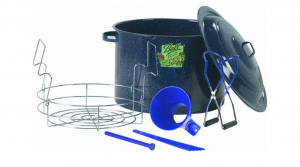 The adjacent canner kit is ideal for those just starting out and that is on a budget. I recommend getting two of them if you are planning on doing a lot. These also make great stock pots for cooking down sauces and preparing veggies.
The adjacent canner kit is ideal for those just starting out and that is on a budget. I recommend getting two of them if you are planning on doing a lot. These also make great stock pots for cooking down sauces and preparing veggies.
Granite Wear Canning Kit
This kit is more complete and will get you started. The tools are nice to have.
I started out canning without them years ago and quickly realized they are worth the investment for handling hot lids and jars without injury. A good funnel means less mess and faster jar filling.
Regarding Lids and Rings
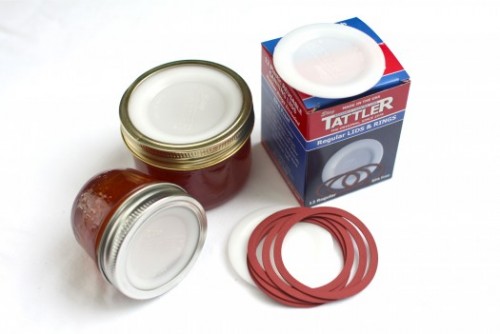 There are reusable canning jar lids that you can get. Tattler is the most common brand out there. They are more expensive of course and you wouldn’t want to use them for canned goods you are going to give away.
There are reusable canning jar lids that you can get. Tattler is the most common brand out there. They are more expensive of course and you wouldn’t want to use them for canned goods you are going to give away.
Rings need to be replaced after they get too rusty or mangled. This happens more readily if you are keeping your veggies in a damp space.
Both are a little harder to come by, recently, the supplies of the lids and rings have been in high demand, so when you see them, you need to get them, because it is very possible they won’t be there when you do, at least in the numbers you want them in.
Tattler Reusable Lids and Rings
Canned Vegetable Shelf Life & Food Safety
If you listen to food safety experts they will say that ideally you should rotate out canned goods within a year or two. This is mostly just because the flavor can start to deteriorate over time. This can happen even faster if your canned goods are not kept at a steady cool temperature.
The 50 and 60 degree Fahrenheit ranges are a nice rule of thumb. Too much light can also have an effect on color over time, especially if you did not use citric acid or similar to preserve it in the first place.
Even under good conditions though, it is wise to try to consume canned vegetables within 3 years.
Of course if you notice any off flavors, smells, or a jar has become unsealed, it is best to exercise caution. Botulism and other food borne illnesses can be very unpleasant and can sometimes be fatal, especially if a child, elderly person, or anyone with a compromised immune system gets infected.
What if a jar doesn’t seal?
If you catch the fact that a jar hasn’t sealed within 24 hours of attempting to can it, you can try to process it again. In this case, you should check the mouth of the jar for debris or ridges in the glass. You should also consider using a fresh jar lid.

Jar Life
Over time, jars can get small cracks or chips that are hard to see. If you are reusing your jars year after year, you should give a quick inspection of them when cleaning them for use.
Of course, you should never use old mayonnaise jars for veggie canning. You can get away with that for some jelly and jams but they are so thin compared to a Mason jar and are definitely not made to withstand the pressure of a pressure canner.
If cracks or chips don’t happen then a jar can be used for many years. My personal opinion though is that if a jar has been used for pressure canning a lot, they are more prone to a short life from the stresses of the pressure put on them and the temperature changes.

